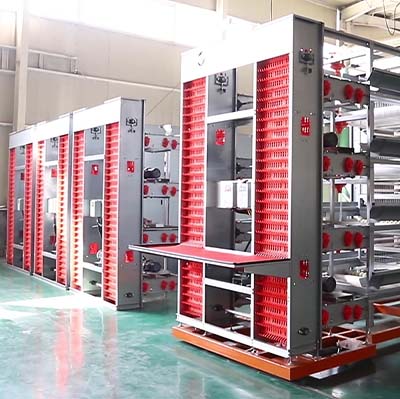vacuum forming packaging machine
Nov . 17, 2024 20:32 Back to list
vacuum forming packaging machine
Vacuum Forming Packaging Machine A Revolution in Packaging Solutions
In the fast-paced world of manufacturing and packaging, efficiency and innovation are key drivers of success. One of the most significant advancements in the packaging industry is the vacuum forming packaging machine. This technology has fundamentally changed the way products are packaged, providing businesses with optimal solutions that enhance product protection, shelf life, and overall aesthetics.
What is Vacuum Forming?
Vacuum forming is a thermoforming process, where a thermoplastic sheet is heated to a pliable forming temperature, stretched onto a mold, and then cooled to maintain the desired shape. The process uses vacuum pressure to ensure that the material conforms closely to the contours of the mold. This results in a variety of packaging solutions ranging from simple blisters to complex, custom-shaped containers.
Key Advantages of Vacuum Forming Packaging Machines
1. Efficiency and Speed The automation of vacuum forming machines significantly reduces production time compared to traditional packaging methods. With enhanced speed and minimal manual intervention, businesses can increase their production capacity, meet high demand, and reduce labor costs.
2. Customizability One of the standout features of vacuum forming is its ability to produce custom shapes and sizes. Manufacturers can create tailored packaging solutions that perfectly fit their products, thereby reducing material waste and enhancing product presentation.
3. Material Versatility Vacuum forming can utilize various materials, including polyvinyl chloride (PVC), polystyrene (PS), polyethylene terephthalate (PET), and more. This flexibility allows manufacturers to choose the right type of material that meets their product requirements, whether it be for durability, clarity, or recyclability.
4. Cost-Effectiveness The initial investment in vacuum forming technology may be significant, but the long-term benefits far outweigh the costs. The high-speed production, reduced material waste, and lower labor costs translate to significant savings over time.
vacuum forming packaging machine

5. Enhanced Product Protection With customized designs, vacuum-formed packaging can provide better protection for products during storage and transportation. This is particularly important for fragile items, as the packaging can be tailored to minimize movement and provide cushioning.
6. Sustainability With growing environmental concerns, many manufacturers are looking for ways to create sustainable packaging solutions. Vacuum forming allows the use of recyclable materials, and the efficiency of the process leads to less waste generation, aligning with eco-friendly practices.
Applications Across Industries
The versatility of vacuum forming packaging machines makes them suitable for a broad range of industries. In the food packaging sector, they are frequently used to create trays, clamshells, and containers that keep food fresh and safe. In the electronics industry, vacuum-formed packaging ensures that delicate components are securely packaged to prevent damage during transit. Additionally, consumer products, healthcare items, and even toys benefit from the custom packaging solutions that vacuum forming provides.
Future Trends
As technology continues to evolve, so too will vacuum forming machines. Future innovations may include advancements in automation, such as AI and robotics, which could further enhance the speed and efficiency of the production process. Additionally, the focus on sustainability will likely drive the development of new eco-friendly materials, enabling manufacturers to produce greener packaging solutions.
Moreover, the integration of smart technology in packaging—like QR codes for product information and tracking—can enhance consumer interaction and streamline logistics processes. This convergence of technology and packaging design could redefine consumer experiences while maintaining efficiency in manufacturing.
Conclusion
The vacuum forming packaging machine represents a significant evolution in the packaging industry, demonstrating how technological advancements can drive efficiency, customization, and sustainability. As businesses continue to recognize the benefits of adopting this innovative solution, the vacuum forming process is poised to become an indispensable part of modern packaging strategies. With the right investments in technology and materials, manufacturers can not only improve their packaging solutions but also create a more sustainable future for the industry.
-
Hot Sale 24 & 18 Door Rabbit Cages - Premium Breeding Solutions
NewsJul.25,2025
-
Automatic Feeding Line System Pan Feeder Nipple Drinker - Anping County Yize Metal Products Co., Ltd.
NewsJul.21,2025
-
Automatic Feeding Line System Pan Feeder Nipple Drinker - Anping County Yize Metal Products Co., Ltd.
NewsJul.21,2025
-
Automatic Feeding Line System - Anping Yize | Precision & Nipple
NewsJul.21,2025
-
Automatic Feeding Line System - Anping Yize | Precision & Nipple
NewsJul.21,2025
-
Automatic Feeding Line System-Anping County Yize Metal Products Co., Ltd.|Efficient Feed Distribution&Customized Animal Farming Solutions
NewsJul.21,2025






